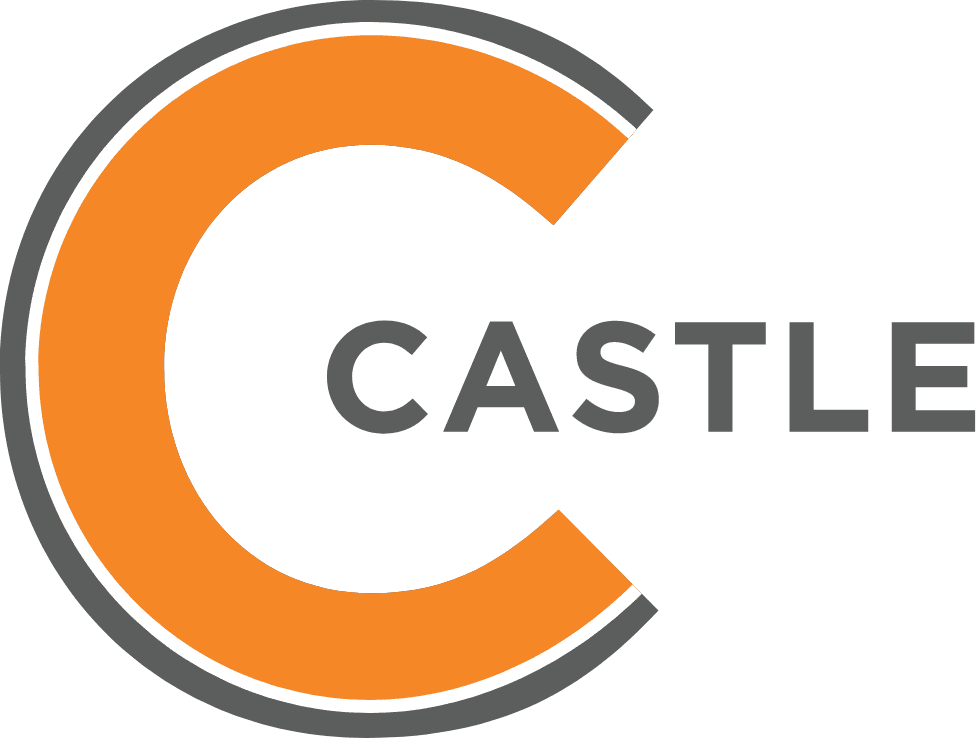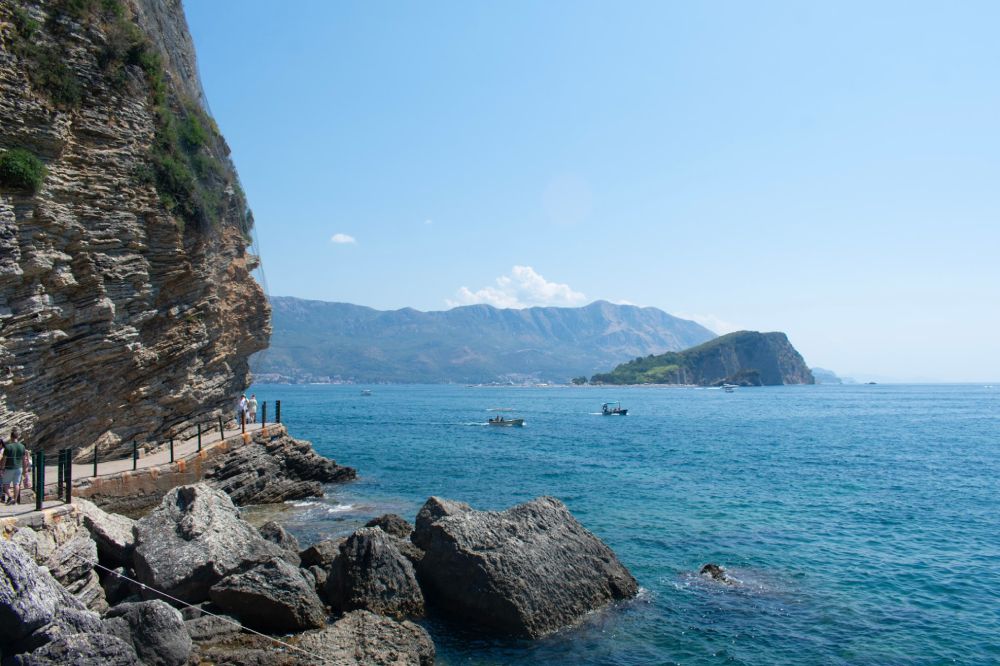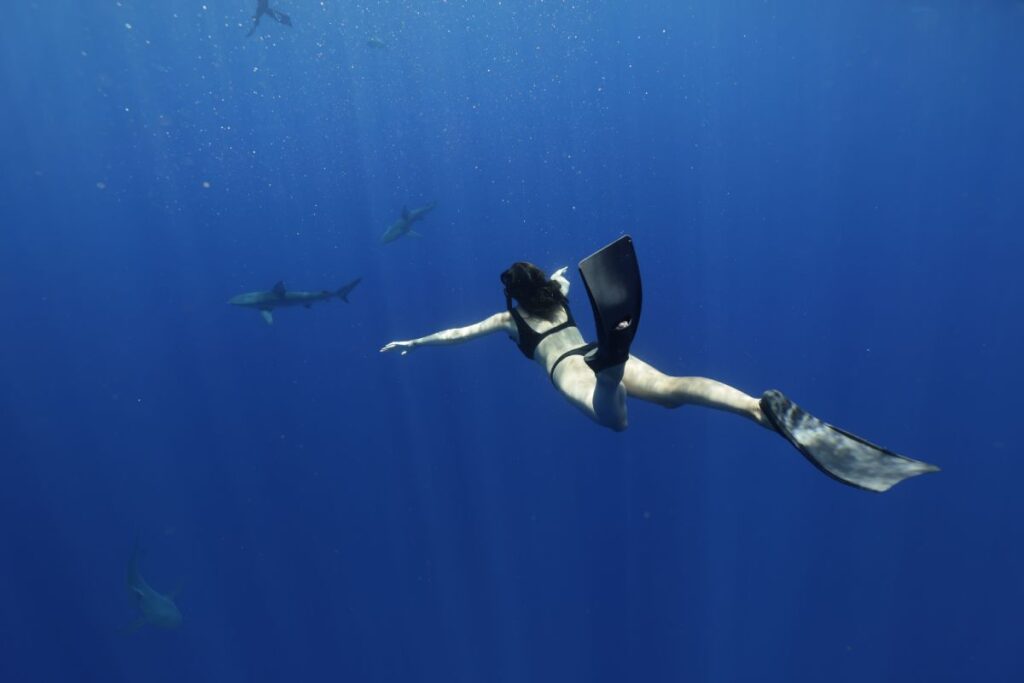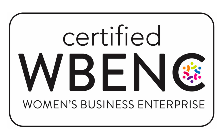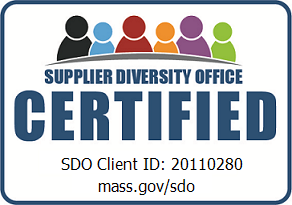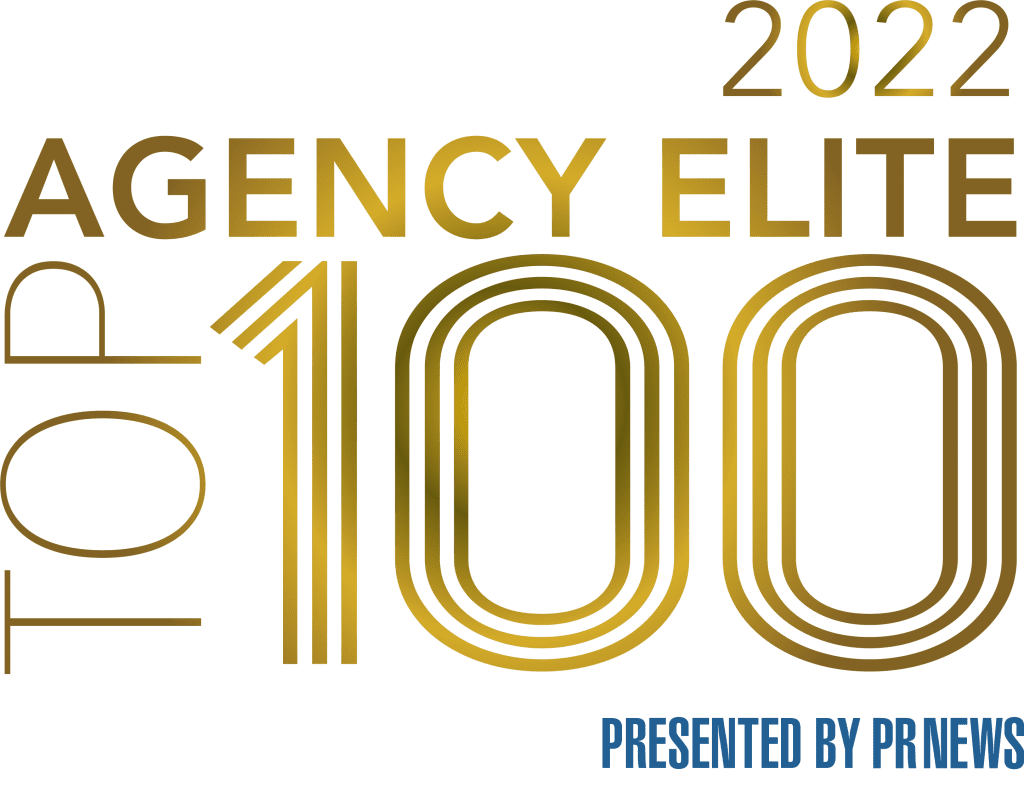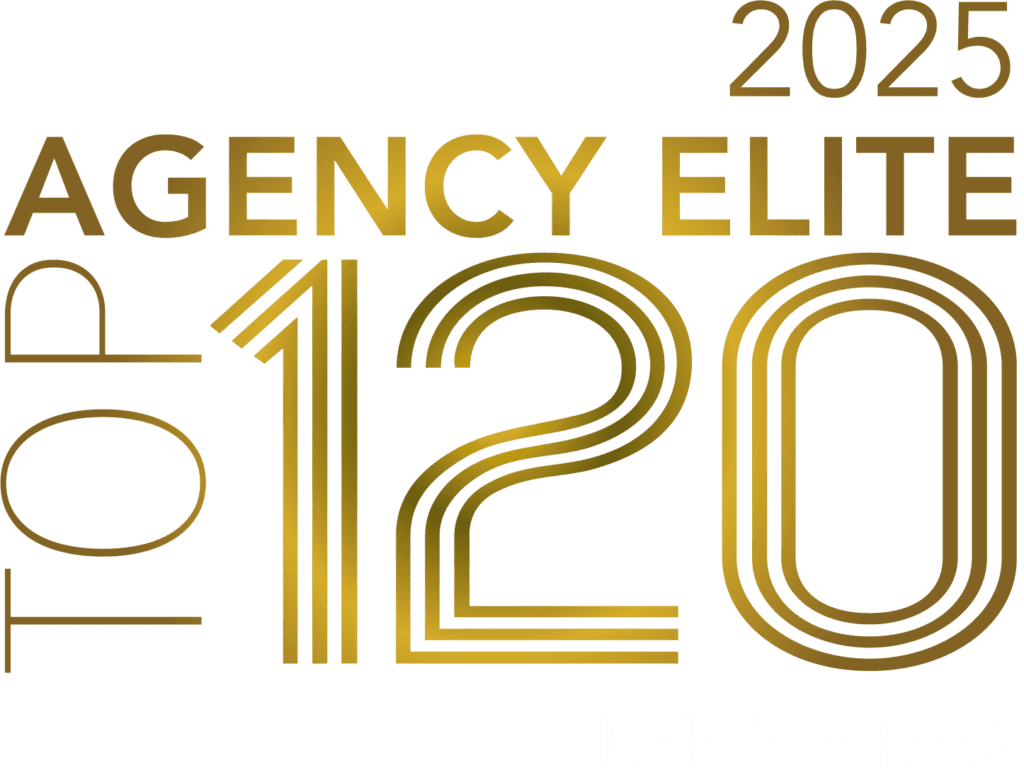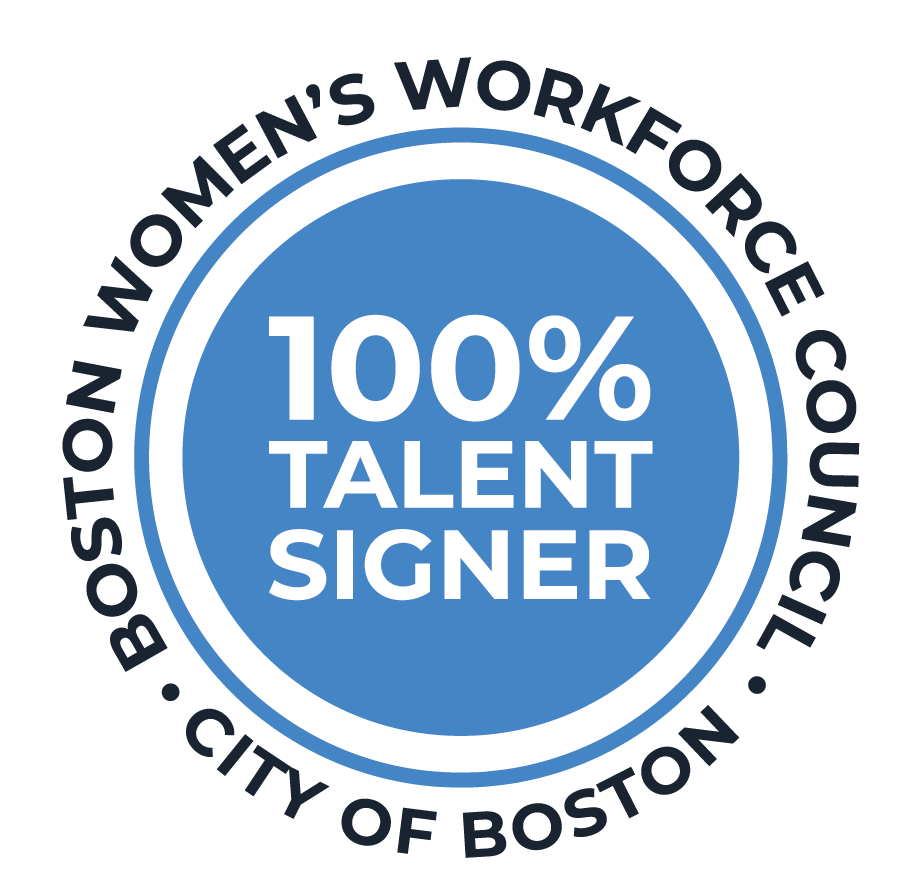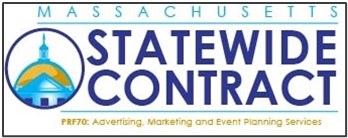Finding ways to motivate and engage employees is more important than ever.
Incentive travel programs offer a fantastic opportunity to reward your team while fostering a strong sense of camaraderie and connection. These experiences are more than just a vacation getaway—they’re a powerful way to strengthen company culture, inspire teamwork, and create lasting memories.
What Is a Corporate Incentive Travel Program?
Corporate incentive travel programs are thoughtfully designed company-sponsored trips that reward employees for their hard work and achievements. Unlike traditional bonuses, these programs provide unique experiences that blend professional recognition with personal enjoyment. What’s even more exciting is that these trips have evolved from being exclusive to sales teams to embracing a wider array of departments, ensuring that everyone has a chance to shine.
A Closer Look at Employee Incentive Trips
Each element of an employee incentive trip—the destination, duration, activities offered, and recognition—plays a role in how successful the program is. These components impact how memorable the experience is and, when done successfully, help reward employees and strengthen company culture. Investing in small details can cultivate a motivated, valued and connected workforce.
Let’s break down the components of a successful employee incentive trip.
Destination Selection
Location, location, location. Like in real estate, choosing an employee incentive trip location is a big deal. Think tropical beaches, historic cities, or adventure-filled landscapes—somewhere your team will love and remember. Wherever your destination, it will set the tone for the entire trip.
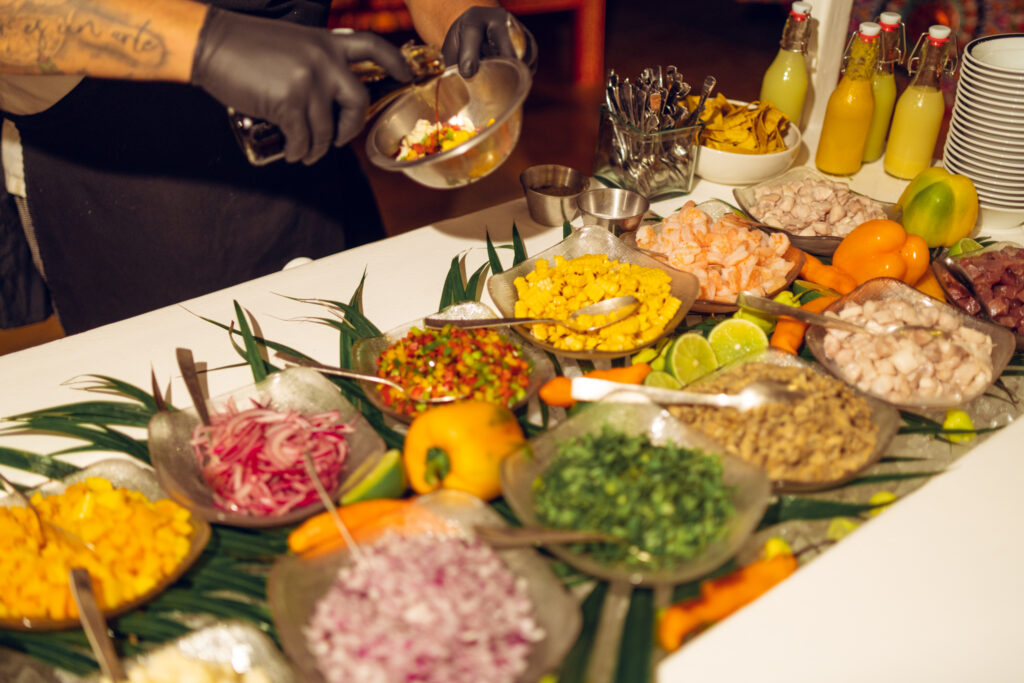
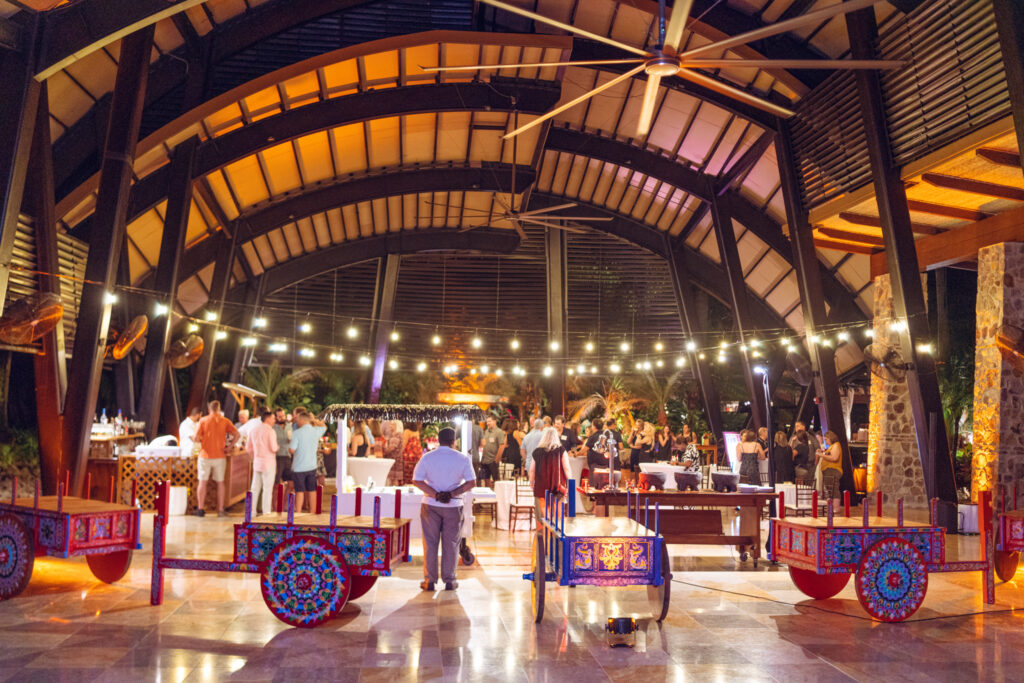
Relevance to Company Culture
Select a destination that resonates with your company’s values and culture. For example, an eco-conscious company might choose a location known for its sustainability efforts, like Costa Rica. At the same time, a tech-driven organization might prefer a vibrant city with a substantial innovation hub, such as San Francisco.
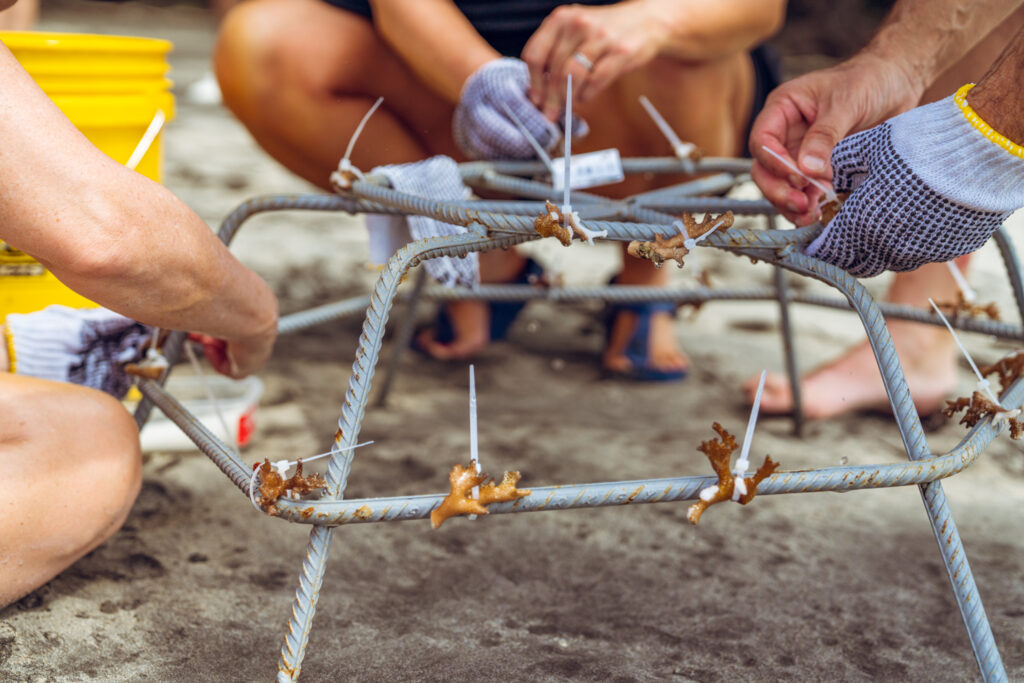
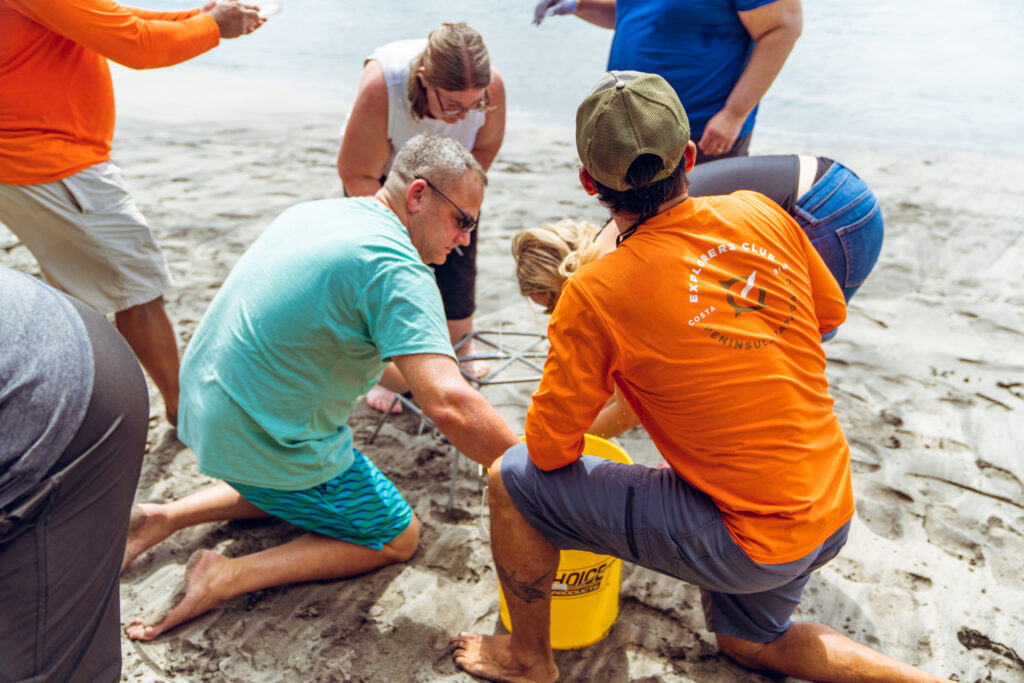
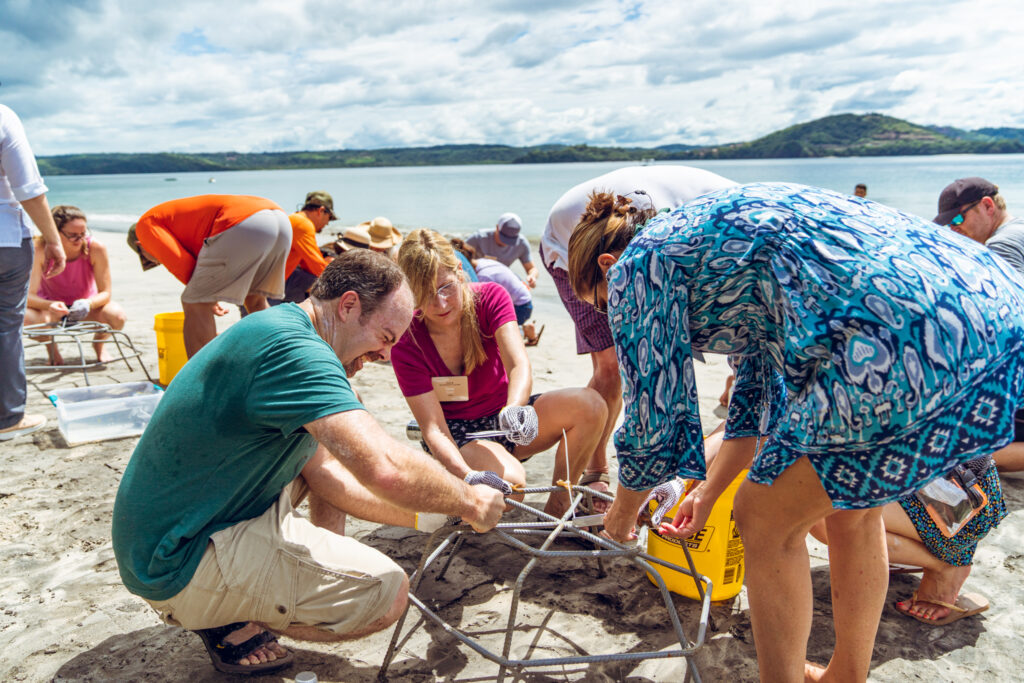
Assorted Offerings
Look for destinations that provide a range of activities—cultural experiences, adventure sports, relaxation options, etc. Ensure there’s something for everyone, being mindful to cater to different interests and energy levels, rather than one size fits all.





Safety & Comfort
Prioritize destinations known for their safety and hospitality. A comfortable environment encourages employees to relax and engage fully in the experience.
Duration
The number of days for an incentive trip varies due to budget allocations, the selected destination, required travel time, and more. Still, it is an important consideration when measuring the effectiveness of a program. We recommend three to five days for ample time to relax, explore, and connect.
Structured vs. Unstructured Time
Combining structured activities with unstructured downtime can improve engagement. Allowing attendees to participate in organized sessions while having the freedom to explore at their own pace, leads to more authentic interactions.
Activities
As we mentioned, it is essential to consider your attendees when creating a balanced itinerary. Let’s look at some potential considerations.
Professional Development
Incorporate sessions focused on skill-building or company updates. Although an incentive trip is a reward, it is still a work trip. Most corporate incentive programs have a small professional development component such as a company update, keynote speech, or a brainstorming session. Because the group typically comprises the company’s top performers, time with the executive team is an opportunity to inspire and educate employees while reinforcing company goals.
Leisure Activities
The recreational activities offered should cater to your attendees’ different interests. Guided tours, cooking classes, or adventure sports are great for those seeking an organized activity. For those looking for some R&R, a day of leisure or gift certificate to the spa can go a long way.
Teambuilding Exercises
Consider something specifically designed to foster teamwork for a group activity, such as a scavenger hunt. An experience like this provides an opportunity to enhance collaboration and communication skills, translating into improved workplace dynamics.
Wellness Activities
Integrating wellness options, such as yoga classes, mindfulness sessions, or nature hikes, can help participants rejuvenate and maintain a healthy work-life balance during the trip.
Recognition Events
Celebrating achievements is a cornerstone of incentive travel. Recognition events—from formal ceremonies to casual, festive dinners—honor individual and team accomplishments and reinforce a culture of appreciation.
Awards Ceremonies
Organize a formal awards ceremony highlighting individual accomplishments if your incentive program is for top achievers. Tailor awards to reflect the values of your organization, ensuring that every recipient feels valued and recognized.
Festive Dinners
Host themed dinners that encourage mingling and celebration. Incorporate local cuisine and entertainment to create a vibrant atmosphere that fosters camaraderie.
Personalized Recognition
Go beyond traditional awards by offering personalized tokens of appreciation. Consider custom gifts that reflect the destination or experiences shared during the trip, ensuring a lasting memory.
Stories of Success
Share inspiring success stories during recognition events. Highlight how individual contributions have impacted the organization, making the recognition meaningful and motivating. The more personal, the better!
5 Impacts & Benefits of Travel Incentive Programs
The advantages of travel incentive programs go beyond the immediate rewards. They have far-reaching impacts that can uplift both individuals and your entire organization.
1. Enhanced Team Collaboration
Bringing employees together in a relaxed environment strengthens relationships and encourages collaboration, which is especially essential in today’s remote work landscape.
2. Increased Motivation & Productivity
The excitement of a potential trip motivates employees to aim higher, driving performance and inspiring them to meet their goals.
3. Improved Employee Morale
Traveling offers a refreshing break from daily routines, leading to higher job satisfaction and reduced stress. A happy team is a productive team!
4. Intangible Benefits
Shared experiences create strong bonds and a sense of belonging, fostering loyalty and commitment to the organization.
5. Brand Ambassadorship
Employees who feel appreciated are likelier to share their positive experiences, becoming enthusiastic advocates for your company.
Corporate Social Responsibility (CSR) Activities During Incentive Travel: The Art of Giving Back
Incorporating corporate social responsibility activities into incentive travel adds a meaningful layer to the experience. These initiatives support the local community and enrich participants’ journeys. Here are a few examples of how incentive programs for employees can give back to the destination’s local community:\
- Creating baskets for local food pantries: Organize a group effort to assemble food baskets for families in need, promoting a sense of community and generosity.
- Planting trees in local parks: Engage employees in a tree-planting activity that has a positive and lasting environmental impact.
- Organizing school supplies for needy children: Collect and distribute school supplies to local children, fostering a spirit of support and caring.
- Cleaning up beaches or parks: Participate in a clean-up effort at a local beach or park, teaching employees the importance of environmental stewardship.
During one program we executed in Guanacaste, Costa Rica, attendees built coral reef structures using small fragments of coral to support a local initiative to rebuild the ocean’s ecosystem. When the program concluded, we received overwhelmingly positive feedback—100% of attendees said they would like to continue to see a CSR component in future trips. One guest relayed, “I liked the environment and educational focus of the CSR. It was well thought out, educational, and to the point.”
Example of a Multi-Night Incentive Travel Program: Costa Rica Itinerary
To give you an idea of a successful incentive trip, let’s explore a three-day itinerary set in the beautiful backdrop of Costa Rica. This trip is designed to balance professional development, team bonding, and relaxation to ensure a memorable time for everyone.
Day 1: Arrival & Connections
Kick off your incentive trip with a day dedicated to building connections and fostering teamwork. As participants arrive, they’ll be greeted with the vibrant flavors of local cuisine and unstructured time to mingle, introduce their colleagues to their guests, and plan out the leisure time of their trip. This day will set the tone for the trip and allow guests to relax and settle into their surroundings.
Group Lunch
Start the journey with a casual group lunch featuring local flavors. Imagine a ceviche bar where team members can mingle, enjoy delicious food, and make new connections.
Interactive CSR Activity
Engage in a meaningful community initiative. Hands-on experience supports the environment, fosters teamwork, and enhances the overall experience.
Evening Reception
Wrap up the day with a welcome reception under the stars, featuring local music and cuisine. This relaxed atmosphere sets a warm tone for the adventure ahead.
Day 2: Company Insights & Local Culture
On the second day, participants will dive deeper into company values and the rich local culture. Guests should have the opportunity to explore the stunning offerings of the resort, ensuring a blend of relaxation and networking. This day balances professional development with opportunities for personal connection.
Company Meeting & Interactive Activity
Begin with a meeting where leaders can address their teams directly with company updates. Conclude the meeting with a fun coffee and chocolate pairing session, allowing employees to savor the local delights.
Afternoon of Leisure
Give guests the freedom to explore the resort’s offerings. Options like mixology classes, yoga sessions, or paddleboarding invite relaxation and promote informal networking.
Small Group Networking Dinners
Organize intimate dining experiences at the resort’s restaurants. Dine-arounds create an intentional setting for teams to connect on a deeper level.
Day 3: Adventure & Celebration
The final day is all about adventure and celebration. Participants will embark on thrilling excursions highlighting Costa Rica’s natural beauty, followed by a heartfelt awards ceremony. This day wraps up the trip by honoring individual and team accomplishments and immersing everyone in the local culture, leaving lasting memories and inspiring everyone for future success.
Offsite Group Activity
Curate an exhilarating adventure, such as zip-lining through the rainforest or hiking to a stunning waterfall. Enhancing the experience with unique transport, like a catamaran ride, makes it even more memorable.
Cultural Showcase
Incorporate a cultural experience, such as a local artisan demonstration or dance performance. Engaging with the local culture deepens the connection to the destination and enriches the overall experience.
Final Night Dinner & Awards Celebration
Celebrate accomplishments with an elevated dinner featuring local entertainment and a heartfelt awards presentation. Recognizing your team’s efforts honors their hard work and inspires them to strive for excellence.
Is a Corporate Travel Incentive Program Right for My Business?
Consider a few key factors to decide whether a corporate travel incentive program suits your organization.
Goals & Objectives
Identify what you hope to achieve with the program. Are you looking to boost sales, improve teamwork, or reward exceptional performance? Clear goals will help guide your planning process.
Budget Considerations
Determine if you can allocate sufficient resources for a travel program. While incentive trips are an investment, the potential return on investment (ROI) through increased performance and team morale can be substantial.
Employee Interest
Gauge employee interest in travel incentives. Conduct surveys or informal discussions to understand what rewards resonate most with your workforce.
How to Launch a Corporate Travel Program: 7 Steps to Follow
Launching a corporate travel incentive program can be an enjoyable and rewarding process. Follow these steps to get started.
1. Set Clear Objectives
Define your goals and have a clear objective. Consider improving sales performance, enhancing teamwork, and fostering loyalty.
2. Develop a Budget
Allocate a budget that covers all aspects of the trip, including travel expenses, accommodation, activities, meals, and recognition events. Be sure to account for contingencies to avoid any surprises.
3. Choose the Right Destination
Select a destination that resonates with your company culture and offers enriching experiences. Consider accessibility, local attractions, and activities that will engage participants.
4. Create Engaging Itineraries
Plan itineraries that balance work-related sessions with leisure activities. Ensure there are opportunities for networking, teambuilding, and relaxation.
5. Communicate Effectively
Promote the program internally to generate excitement and encourage participation. Use a variety of communication channels—emails, newsletters, team meetings—to keep employees informed and engaged.
6. Collect Feedback
After the trip, solicit participant feedback to gauge their experiences and identify areas for improvement. This valuable information will inform future programs.
7. Partner with an Event Management Company
Collaborating with a full-service event management company can streamline the planning process. Experts like us handle logistics, suggest creative ideas, and ensure that every detail aligns with your objectives, making the experience seamless and enjoyable for all participants.
6 Ways to Improve Your Current Incentive Program
If you already have an incentive program, here are some tips to enhance its effectiveness.
1. Gather Feedback
Regularly seek input from past participants to understand what worked well and what didn’t. Use this feedback to adjust, improve, and refine future trips.
2. Innovate Experiences
Continuously introduce new activities, destinations, and CSR initiatives to keep the program fresh and engaging. Consider seasonal themes or trending locations that excite your team.
3. Personalize the Experience
Tailor itineraries and activities to meet the interests and preferences of your attendees. Personalization improves engagement and creates a more meaningful experience.
4. Track Success Metrics
Establish metrics to measure the program’s impact on employee performance, morale, and retention. Analyzing these metrics can help justify future investments and guide adjustments.
5. Foster a Culture of Recognition
Encourage managers to regularly recognize and celebrate employee achievements—not just during incentive trips. This ongoing acknowledgment reinforces the value of performance and motivates employees year-round.
6. Leverage Expert Insights
Engage with your event management partner to gain insights into industry trends and best practices. Their experience can provide valuable perspectives that enhance your program’s effectiveness.
Need Help with Your Employee Incentive Travel Program?
Corporate travel incentive programs are an incredible way to celebrate your team’s hard work while creating meaningful connections and memories. At Castle, we believe in the power of these experiences to drive engagement, foster collaboration, and enhance company culture.
Are you ready to explore travel incentive programs for your employees? Let’s be your event partner!
Contact Castle today to learn how our team of event professionals can help you revamp your current travel incentive program or launch a new initiative. Together, we will create a custom program that matches your business’s needs, unlocks your workforce’s full potential, and creates a lasting impression on your company culture.
